Diverse Demographics
The Hiking Accessories Market is witnessing a diversification of its consumer base, as hiking becomes increasingly popular among various demographics. Traditionally associated with specific age groups, hiking is now embraced by families, millennials, and even older adults. This shift is reflected in the growing demand for a wide range of products tailored to different skill levels and preferences. For instance, beginner-friendly gear is gaining traction, alongside advanced equipment for seasoned hikers. Market Research Future indicates that the youth segment, particularly those aged 18-34, represents a significant portion of new hikers, driving demand for trendy and functional accessories. This diversification is likely to create opportunities for brands to innovate and cater to the unique needs of various consumer segments within the Hiking Accessories Market.
Sustainability Trends
Sustainability trends are significantly influencing the Hiking Accessories Market, as consumers become more environmentally conscious. There is a growing demand for eco-friendly products, prompting manufacturers to adopt sustainable practices in their production processes. This includes utilizing recycled materials and reducing carbon footprints. Recent surveys indicate that over 70% of outdoor enthusiasts prefer brands that demonstrate a commitment to sustainability. As a result, companies that prioritize eco-friendly practices are likely to gain a competitive edge in the Hiking Accessories Market. Furthermore, the rise of sustainable hiking gear is expected to attract a new demographic of environmentally aware consumers, thereby expanding the market reach and fostering brand loyalty.
Technological Advancements
Technological advancements are playing a pivotal role in shaping the Hiking Accessories Market. Innovations in materials and design have led to the development of lightweight, durable, and multifunctional products. For instance, the introduction of moisture-wicking fabrics and advanced insulation technologies has enhanced the performance of hiking apparel. Additionally, the integration of smart technology, such as GPS-enabled devices and fitness trackers, is becoming increasingly prevalent among outdoor enthusiasts. Market data suggests that the wearable technology segment within the hiking accessories sector is projected to grow at a compound annual growth rate of 15% over the next five years. This trend indicates that consumers are not only seeking traditional hiking gear but are also inclined towards tech-savvy solutions that enhance their outdoor experiences.
Health and Wellness Awareness
The increasing awareness of health and wellness is a key driver for the Hiking Accessories Market. As more individuals recognize the physical and mental health benefits of outdoor activities, hiking has gained popularity as a form of exercise. Studies suggest that regular hiking can improve cardiovascular health, reduce stress, and enhance overall well-being. This growing emphasis on health is prompting consumers to invest in quality hiking gear that supports their fitness goals. Market data indicates that the health and wellness sector is projected to grow by 10% annually, which is likely to positively influence the Hiking Accessories Market. As consumers prioritize their health, the demand for hiking accessories that promote safety, comfort, and performance is expected to rise.
Increased Outdoor Participation
The Hiking Accessories Market appears to be experiencing a surge in outdoor participation, driven by a growing interest in health and wellness. As individuals increasingly seek to escape urban environments, hiking has emerged as a favored activity. Recent data indicates that approximately 50 million people engage in hiking annually, suggesting a robust consumer base for hiking accessories. This trend is likely to bolster demand for various products, including backpacks, trekking poles, and hydration systems. Furthermore, the rise of social media platforms has facilitated the sharing of hiking experiences, potentially inspiring more individuals to explore nature. Consequently, this increased outdoor participation is expected to significantly impact the Hiking Accessories Market, as consumers invest in quality gear to enhance their hiking experiences.


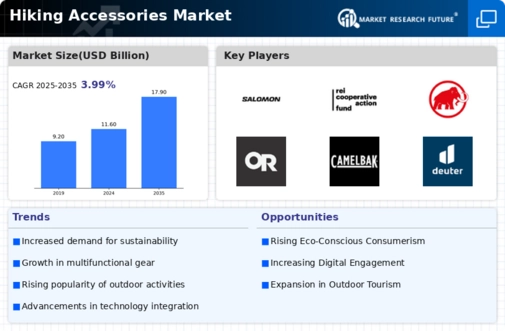
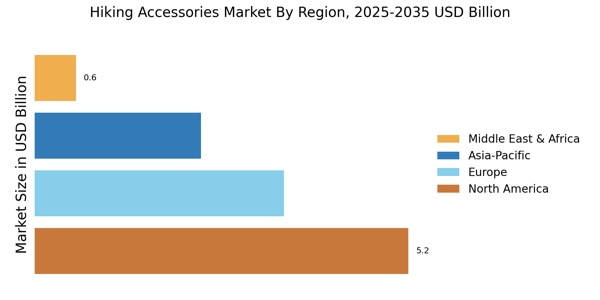
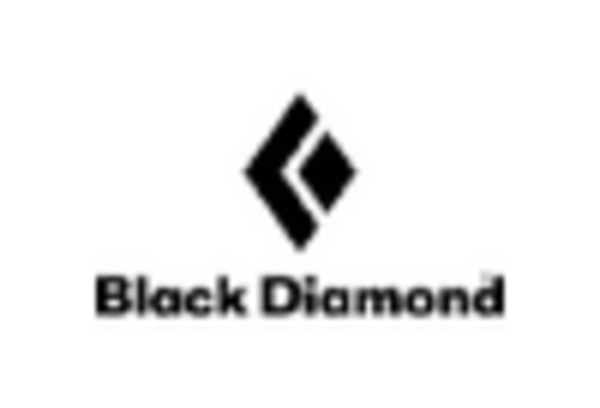
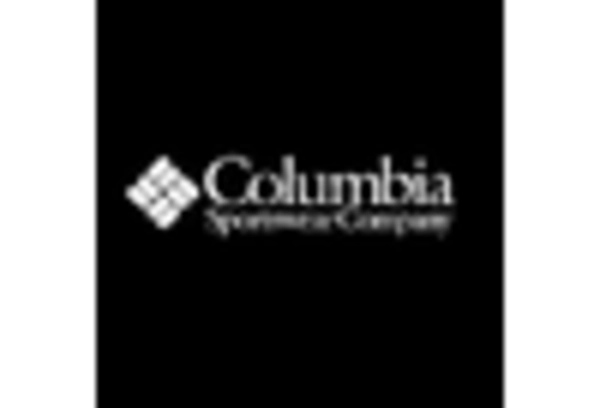
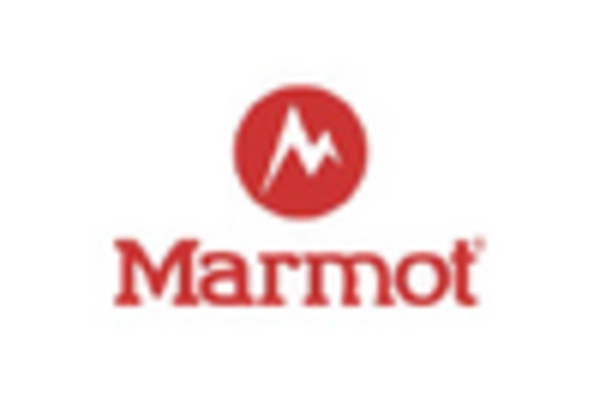
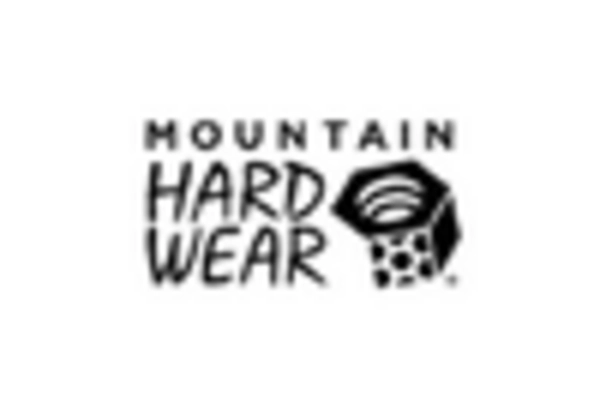
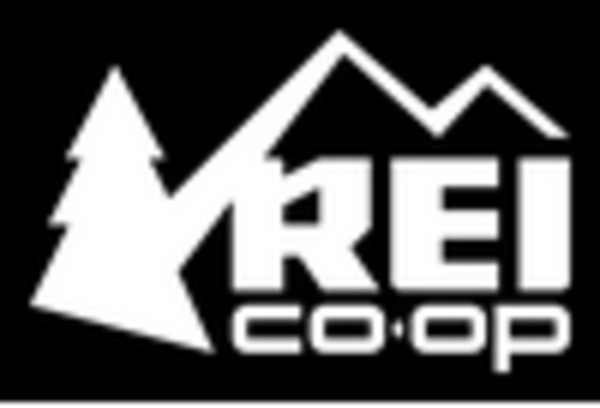
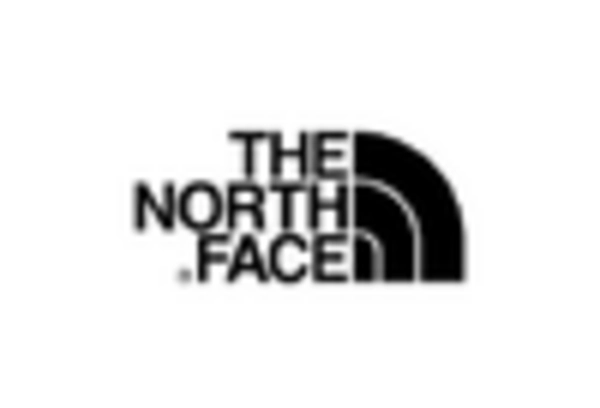








Leave a Comment